Apple CEO Tim Cook met with senator Orrin Hatch (R-Utah) on Friday afternoon to discuss topics like technology and economy, reports BuzzFeed.
Hatch, who is a member of the Judiciary Committee and leads the Senate Republican High-Tech Task Force, has met with Cook several times in the past and participated in Apple's ongoing encryption debate with the U.S. government, calling for a private Senate briefing with Apple attorney Ted Olson following the dismissal of the San Bernardino case.
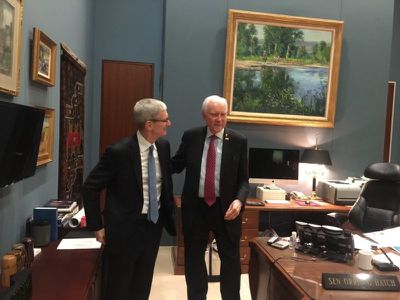
During Friday's meeting, Hatch told BuzzFeed he and Cook talked about ways to grow the economy and the technology industry. They also spoke about Cook's trip to Utah in October, where Cook took part in a privacy-related Q&A session hosted by Hatch.
"During today's meeting with Apple CEO Tim Cook, we discussed ways to grow the economy and our tech industry, as well as his recent visit with me in Utah," Sen. Hatch said in an statement to BuzzFeed News. "Given the issues I work on as chairman of the Senate Republican High-Tech Task Force, it's especially useful to listen to innovators like Tim."
Cook, along with Apple's vice president of environment, policy, and social initiatives Lisa Jackson, also had dinner with Ivanka Trump and her husband, Jared Kushner, on Thursday evening. They dined at Italian restaurant Tosca, located near the White House, but it's not clear what was discussed.
Cook's meetings with Hatch, Trump, and Kushner follow a December tech summit that saw Cook and other leaders like Amazon CEO Jeff Bezos, Microsoft CEO Satya Nadella, IBM CEO Ginny Rometty, and Tesla CEO Elon Musk meet with U.S. President Donald Trump to discuss topics like trade, immigration, and vocational education.
At the time, Cook told Apple employees he attended the tech summit with Trump because Apple plans to continue to focus on key areas like privacy, security, education, human rights, and combating climate change. "Personally, I've never found being on the sideline a successful place to be," he said. "The way that you influence these issues is to be in the arena."
Note: Due to the political nature of the discussion regarding this topic, the discussion thread is located in our Politics, Religion, Social Issues forum. All forum members and site visitors are welcome to read and follow the thread, but posting is limited to forum members with at least 100 posts.



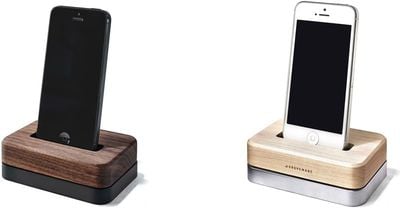
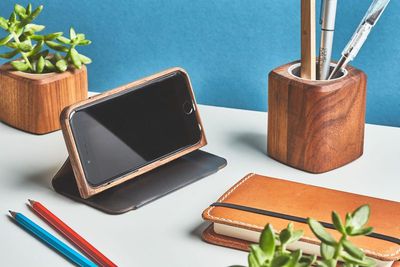
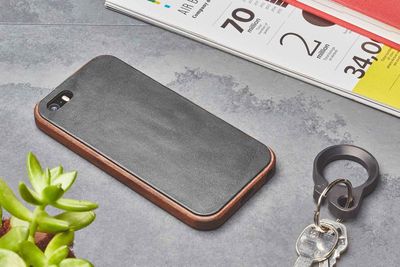
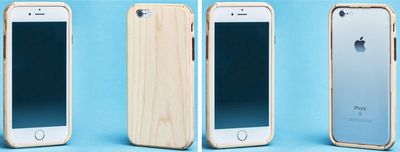
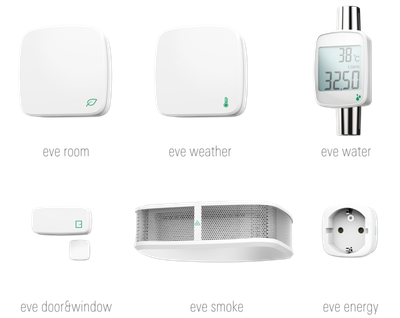
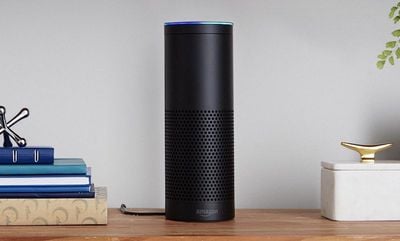
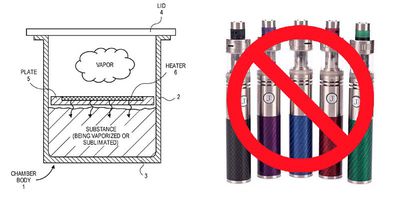

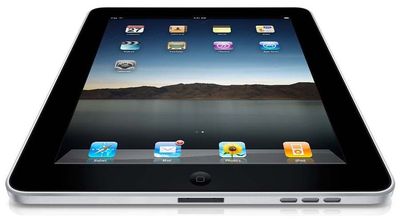
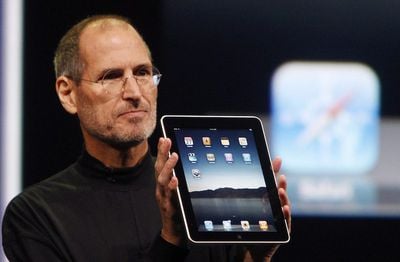
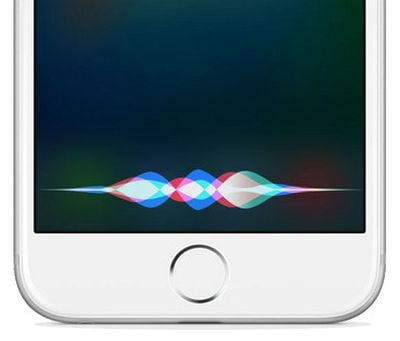
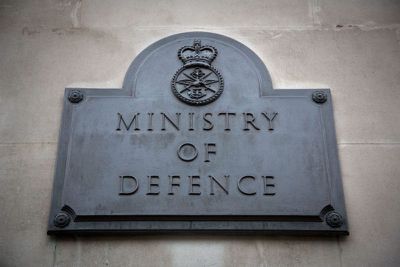
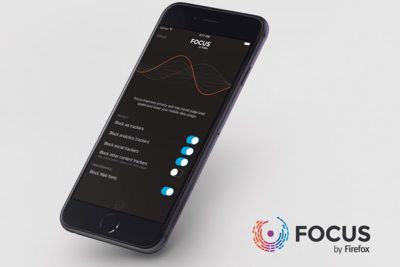
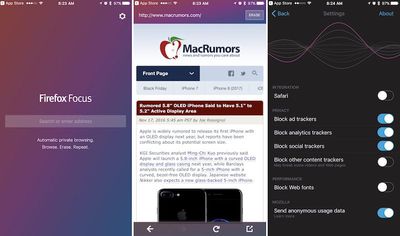

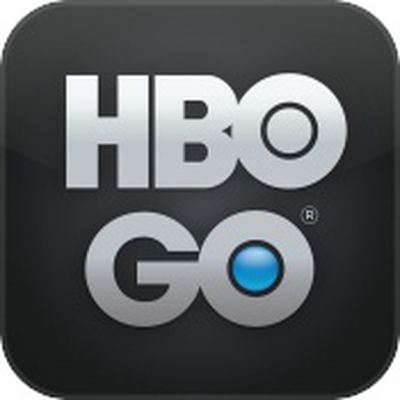 HBO today updated its HBO GO app for iOS devices and the Apple TV with support for Single sign-on, allowing subscribers to access HBO content more quickly.
HBO today updated its HBO GO app for iOS devices and the Apple TV with support for Single sign-on, allowing subscribers to access HBO content more quickly.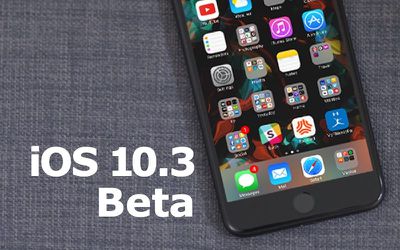
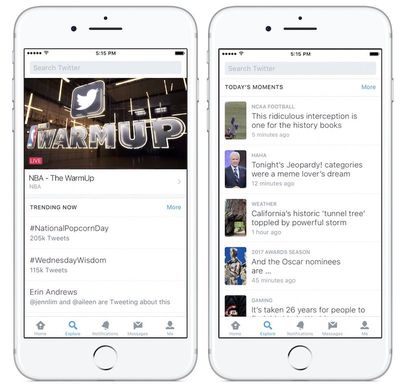
 Popular freelancing website Upwork today released its
Popular freelancing website Upwork today released its 















